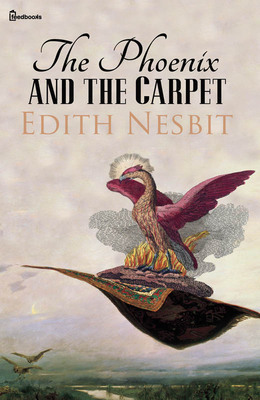[button color=”black” size=”big” link=”http://www.abebooks.com/servlet/SearchResults?isbn=9780803733961&clickid=w2TzumyVGxdFRH3T6q24zSjyUkQyrRxAExyqQo0&cm_mmc=aff-_-ir-_-99844-_-77798&afn_sr=impact” target=”blank” ]Purchase here[/button]
Incarceron
by Catherine Fisher
This first installment in a remarkable new fantasy series acquaints us with a unique, and never fully explained, world in which futurism and archaism are strangely blended. It is a world in which human technology has advanced somewhat beyond where it is today, in which the turbulence of human progress has culminated in something called “the Years of Rage,” whose violence left scars even on the moon. At that point a great leader, who seems to have been as mad as he was wise, enforced something called Protocol on everybody, returning mankind to a pretechnological, feudal era and freezing time there. While vestiges of advanced technology continue to operate in secret, everyone by law is required to keep at least the appearance of living in the Middle Ages. Science has reverted to alchemy, medicine to herblore and midwifery, and politics to the courtly intrigues surrounding the king or queen.
Next in line to be the queen is a spirited girl named Claudia, whose icy, remote father is the Warden of Incarceron. What, didn’t I mention Incarceron? That’s only the prison where, hundreds of years ago, all the criminal types were sent to work out their aggression in an environment governed by an all-seeing, all-powerful, artificial intelligence. Incarceron, not to put too fine a point on it, is alive. And although nobody knows what’s been going on inside it for all these years, or even where it is, it is widely believed that the perfect society will have evolved within its walls by now. Actually, what dwells within Incarceron is a man-made hell of vicious gangs, superstitious villagers, bizarre landscapes, and dangerous creatures, including some animals and people who are part organic, part machine. This is only possible because Incarceron doesn’t let anything go to waste. Whenever someone dies, the prison’s mechanical beetles and rats carry it off & reprocess it into the next “cell-born” being who will come from, and return to, the prison that gives it life.
Among the prisoners is a young man named Finn who believes he came from outside, though everyone else laughs this off as an impossibility. Finn doesn’t remember much about his life before Incarceron, but besides a few tantalizing memories of his childhood, he also has fits in which he sees visions of the future, or communicates with Sapphique, the legendary hero who is supposed to have Escaped from the prison. Escape, capital E, is a holy concept to people like Finn and his handful of friends, who together set out to follow Sapphique’s footsteps, aided by a key marked with the same strange symbol as the birthmark on Finn’s arm.
Claudia, meanwhile, has come into possession of a similar key, enabling the two of them to communicate with each other. Claudia thinks she knows who Finn was before he went into Incarceron, and if she’s right, her marriage to the prince of the realm is only part of an evil conspiracy between her father and the Queen. But there are other conspiracies afoot, which also demand Claudia’s cooperation. All she wants is to get Finn out of Incarceron and, perhaps, escape from the plans and counterplans in which she had become trapped.
All this comes together in a fascinating fantasy world full of powerful imagery, ominous mysteries, swiftly building suspense, and touching character relationships which, I expect, will continue to generate great storytelling in books to come. To-date one sequel has been published, titled Sapphique. Click here for a list of other books by the author of Snow-Walker and Darkhenge.


